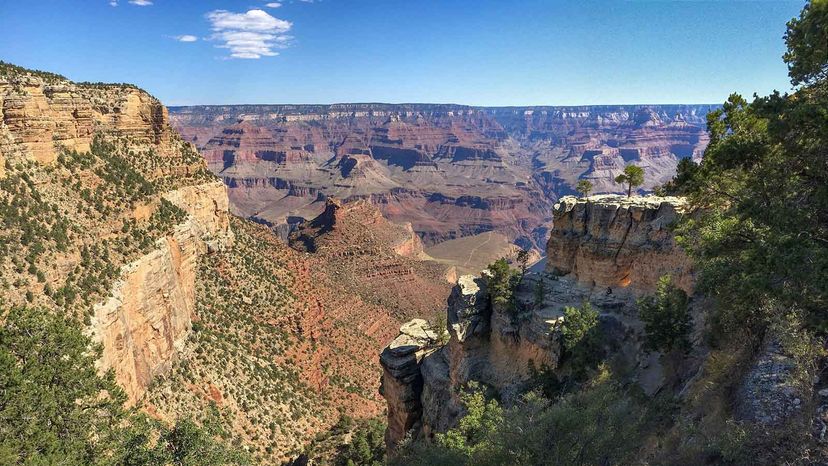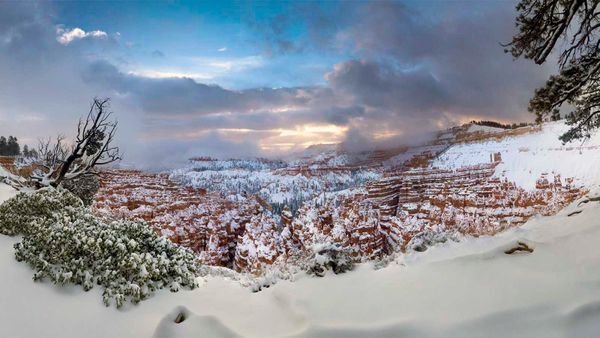
America's national parks are places of wonder and natural beauty, playing host to activities as diverse as the people who visit them. In 2019, there were 327.5 million recreational visits across the system.
There are actually 20 types of "national parks" that fall under the protection of the National Park Service (NPS). These include battlefields, historical parks, national lakeshores, parkways and other recreational areas. Perhaps the two most popular among tourists are national parks and national monuments.
Advertisement
